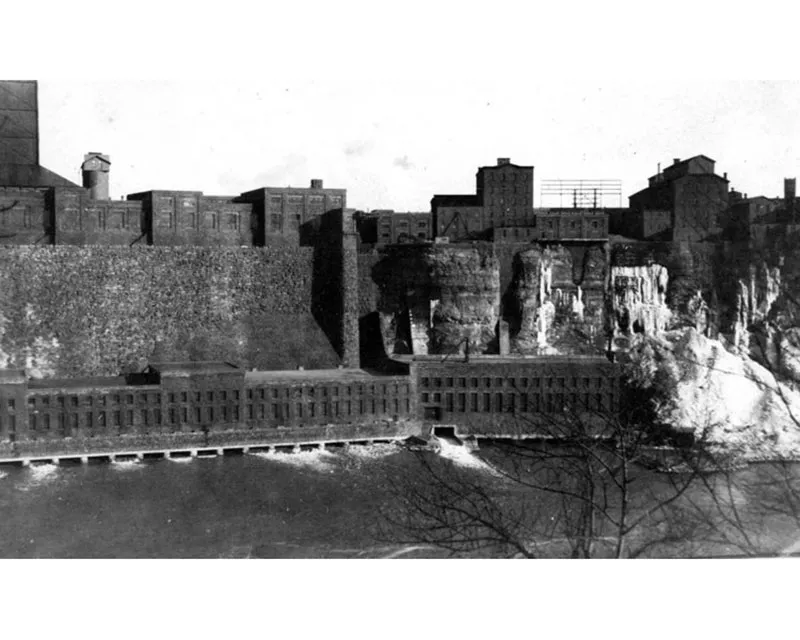When the Niagara River Crushed a Power Plant
A cascade of rock slides left Schoellkopf Power Station’s three generators in ruins and killed one worker
/https://tf-cmsv2-smithsonianmag-media.s3.amazonaws.com/filer/f1/26/f126836e-6906-4d03-9047-7b123c1e0d37/powerplant-after.jpg)
The Niagara River is beautiful—but as one power company saw on this day in 1956, also destructive.
Then, a cascade of five rock slides dropped more than 100,000 tons of debris on the Schoellkopf Power Station, half a mile downriver from the famous falls. Two of the station's generators were destroyed and the third severely damaged, writes Craig A. Woodworth for IEEE Power & Energy Magazine. The generators were generating no more. The collapse—whose exact cause has never been ascertained—was part of the impetus for the construction of the massive Robert Moses Niagara Power Plant, which opened in 1961 and still runs today.
Amazingly, only one person was killed in the dramatic disaster: a 39-year-old man named Richard Draper, writes Don Glynn for the Niagara Gazette. Approximately 40 other workers who were at the plant at the time of the collapse all escaped with their lives.
Draper’s son, Lloyd Draper, told Glynn that his father had stayed late at work on the night of the collapse. It took a while for news to reach the family, he said: he described watching the evening news reports about the collapse while still not knowing what happened to his father. By the next day, though, the news of Draper’s death was reported in the front-page New York Times story about the collapse. Draper “disappeared in the cascading debris before the eyes of two fellow employees,” the Times wrote.
At the time, the machinist was part of a crew working to place sandbags around a leak at the station’s base. When “cracking noises in the building warned them that its collapse was imminent,” the Times reported, the workers evacuated. "All I know is the walls and the ceilings started coming down and I ran like hell," another worker told the Associated Press in a story that ran in the Troy, New York Times-Herald. Draper didn’t make it. Four other men were treated at a local hospital.

After the collapse, the first priority for the Niagara Mohawk Power Company was getting electricity to its customers, writes Woodworth. The hurried arrangements involved the Hydro Electric Power Commission on the Canadian side of the falls and the Huntley Steam Station near Buffalo, among others.
An inspection of the damage revealed that Station 3A, which had been damaged but not totally destroyed by the collapse, could be restored, and it was used to supplement the power from other sources. Stations 3B and 3C, however, were totally destroyed, according to the National Park Service.
Some experts think that the disaster might have been caused by a recent small earthquake, writes Woodworth. Others think that a flaw in the structure of the generators, allowing water to seep into their back walls, may have been the culprit. Whatever the cause, the disaster paved the way for the 1957 Act of Congress that gave the Niagara project to the public power authority of New York and laid the way for the controversial mega-project that opened in 1961.